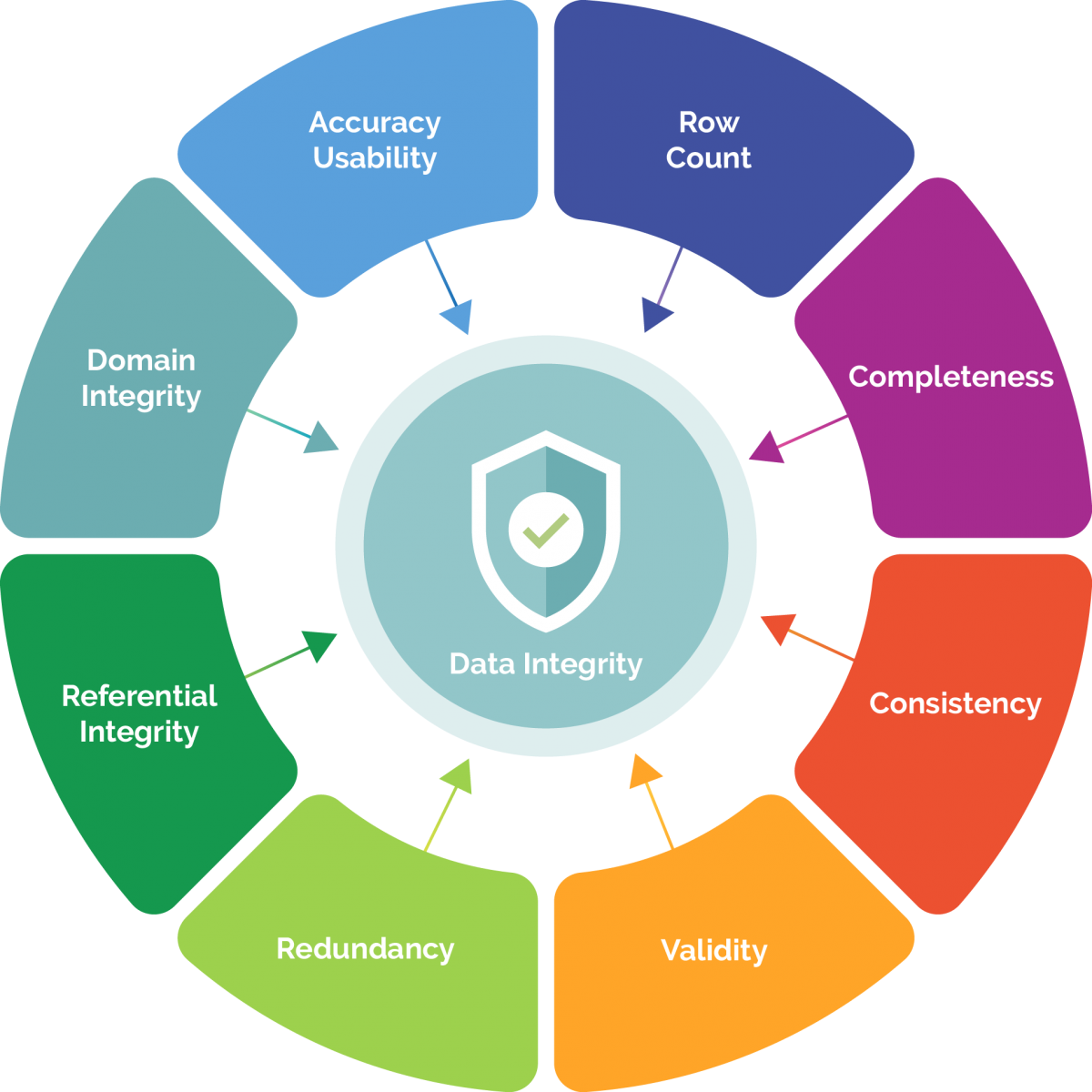DATA INTEGRITY: ALCOA AND ALCOA PLUS
The guidance has been written to apply to on-site inspections of those sites performing manufacturing (GMP) and distribution (GDP) activities. The principles within this guide are applicable for all stages throughout the product lifecycle. The guide should be considered as a non-exhaustive list of areas to be considered during inspection.
ALCOA
TERM – DEFINITION
Attributable –
It should be possible to identify the individual or computerised system that performed the recorded task. The need to document who performed the task / function, is in part to demonstrate that the function was performed by trained and qualified personnel. This applies to changes made to records as well: corrections, deletions, changes, etc.
Legible, traceable And permanent
All records must be legible – the information must be readable in order for it to be of any use. This applies to all information that would be required to be considered Complete, including all Original records or entries. Where the ‘dynamic’ nature of electronic data (the ability to search, query, trend, etc.) is important to the content and meaning of the record, the ability to interact with the data using a suitable application is important to the ‘availability’ of the record.
Contemporaneous
The evidence of actions, events or decisions should be recorded as they take place. This documentation should serve as an accurate attestation of what was done, or what was decided and why, i.e. what influenced the decision at that time.
Original
The original record can be described as the first-capture of information, whether recorded on paper (static) or electronically (usually dynamic, depending on the complexity of the system). Information that is originally captured in a dynamic state should remain available in that state.
Accurate
Ensuring results and records are accurate is achieved through many elements of a robust pharmaceutical quality system. This can be comprised of: • equipment-related factors such as qualification, calibration, maintenance and computer validation. • policies and procedures to control actions and behaviours, including data review procedures to verify adherence to procedural requirements • deviation management including root cause analysis, impact assessments and CAPA • trained and qualified personnel who understand the importance of following established procedures and documenting their actions and decisions. Together, these elements aim to ensure the accuracy of information, including scientific data that is used to make critical decisions about the quality of products.
ALCOA PLUS (ALCOA +)
Complete
All information that would be critical to recreating an event is important when trying to understand the event. The level of detail required for an information set to be considered complete would depend on the criticality of the information. (see section 5.4 Data criticality). A complete record of data generated electronically includes relevant metadata
Consistent
Good Documentation Practices should be applied throughout any process, without exception, including deviations that may occur during the process. This includes capturing all changes made to data.
Enduring
Records must be kept in a manner such that they exist for the entire period during which they might be needed. This means they need to remain intact and accessible as an indelible/durable record throughout the record retention period.
Available
Records must be available for review at any time during the required retention period, accessible in a readable format to all applicable personnel who are responsible for their review whether for routine release decisions, investigations, trending, annual reports, audits or inspections.
